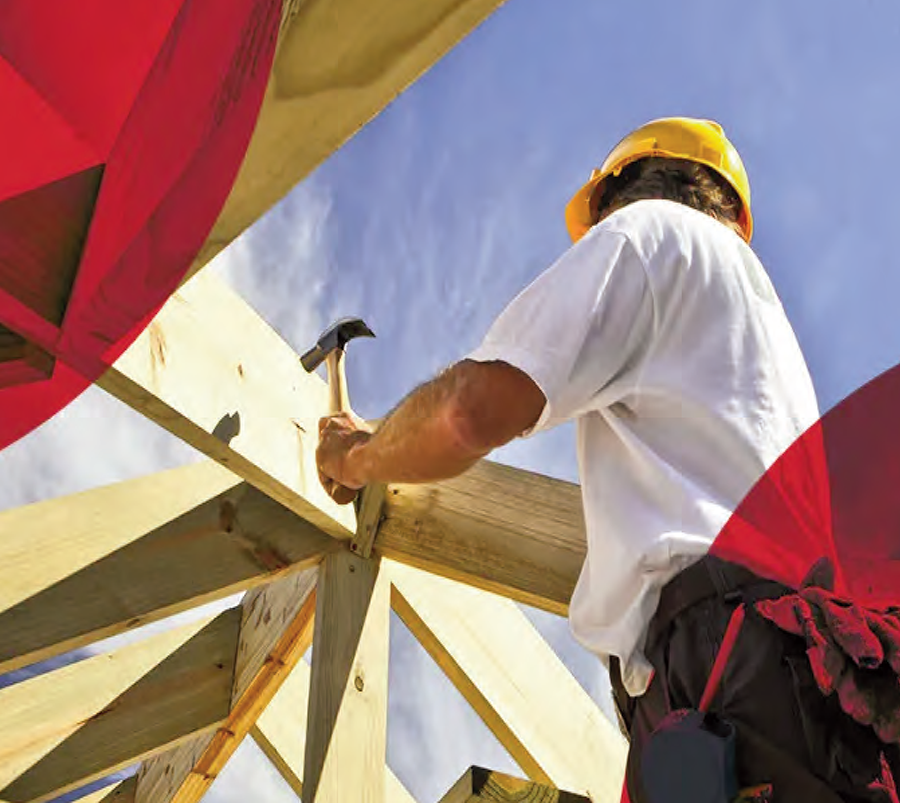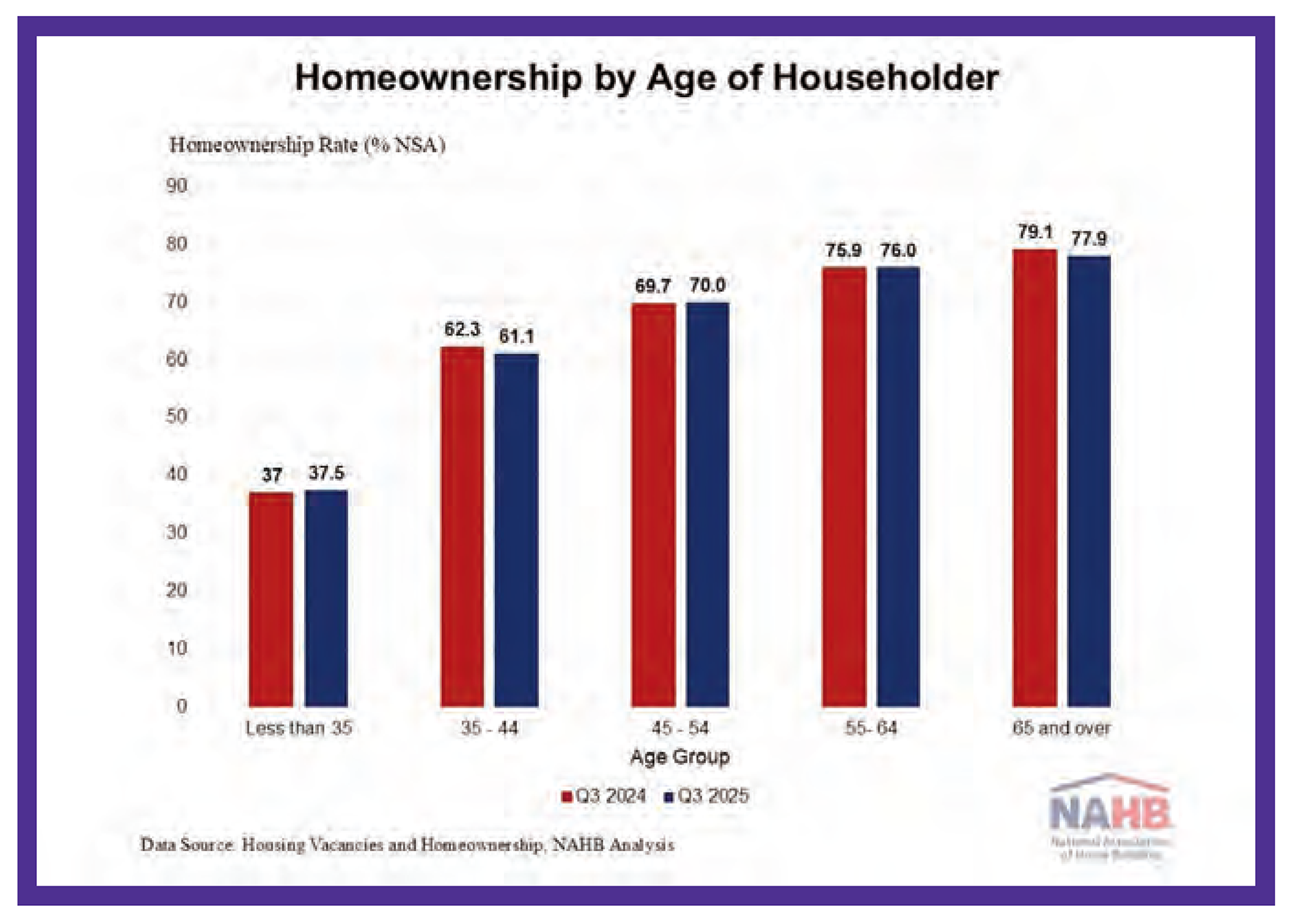
Steady job growth, lower rates fuels surge
https://www.nar.realtor
Real estate professionals may finally see a long-awaited surge in activity in 2026, with home sales poised for a potential double-digit jump.
Lawrence Yun, chief economist at the National Association of REALTORS®, is forecasting a 14% nationwide increase with home sales for 2026, following 2025’s stagnating levels. New-home sales are also projected to rise 5% next year.
“Next year is really the year that we will see a measurable increase in sales,” Yun told attendees Friday at the Residential Economic Issues and Trends Forum during NAR NXT, The REALTOR® Experience, in Houston.
Rising sales won’t come at the expense of price stability either: “Home prices nationwide are in no danger of declining,” he said. NAR expects prices to climb 4% in 2026, supported by job growth and persistent supply shortages.
Nationwide Forecast Slide Early Momentum: Jobs, Mortgage Applications and Builder Activity
The groundwork for a rebound may already be forming. Mortgage applications are trending higher, job gains remain steady, homebuilders continue to add supply, and the record-breaking 43-day government shutdown—that could have delayed some recent home sales—is finally over, Yun said.
“Mortgage applications have been consistently above last year, implying that people’s desire to enter the market has been consistently positive,” Yun said. In the latest week, mortgage applications for home purchases surged 31% higher compared to a year ago, the Mortgage Bankers Association reported.
Mortgage Rates: A Slow Drift Downward
Mortgage rates remain one of the biggest constraints for buyers. After sitting around 7% at the beginning of the year, the 30-year fixed rate averaged 6.24% this week, according to Freddie Mac.
Yun expects gradual improvement ahead. “As we go into next year, the mortgage rate will be a little bit better,” Yun said. “It’s not going to be a big decline, but it will be a modest decline that will improve affordability.”
He forecasts rates to average around 6% in 2026, down from a roughly 6.7% overall average for this year.
While the Federal Reserve has initiated rate cuts, Yun cautioned mortgage rates are influenced by a wide mix of factors—including inflation, Treasury yields and federal borrowing—so buyers shouldn’t bet on 3% rates to return. Still, even minor decreases in mortgage rates could unlock substantial buyer activity, he said.


Executive Message
Closing out 2025 with optimism for 2026
By Ray Adauto - Executive Vice President, EPAB
Well, we are done with 2025, or at least we appear to be. This was a strange year (again) with politics and celebrations mixed in to our everyday life. It’ was our 79th anniversary as an association, a milestone, a yardstick some would say.
What is not said often enough is we are here because of your trust and support. Our membership varies year by year, fluctuating along the way. Our longtime members have supported through good times and not so good times. Our one goal is to ensure that El Paso and Hudspeth Counties have a viable and strong new home construction environment.
Our job is to take your singular existence and mold it into a group chartered to be your voice at the city, county, or state. We do a pretty good job being that voice, but again, we cannot do this without you.
On a personal note, my deepest appreciation to the Board and Past Presidents in honoring me with the Ray Adauto Legacy of Leadership Award. It was and is a shock that my family and I will always treasure. I hope to live up to your trust and thank you for all you have done for me. We often say we are in this together but watching you and the installation guests say thank you was a bit overwhelming.
Finally, I would like to offer special thanks to my administrative assistant and life partner Margaret. She has threatened retirement for several years, but it looks like this is for real. After 19 years she will leave an everyday void. There is no way to replace her. Margaret, on behalf of a grateful association, THANKS! Enjoy your next adventure.

Builder Sentiment Inches Higher

Builder confidence inched higher to end the year but still remains well into negative territory as builders continue to grapple with rising construction costs, tariff and economic uncertainty, and many potential buyers remaining on the sidelines due to affordability concerns.
Builder confidence in the market for newly built single-family homes rose one point to 39 in December, according to the National Association of Home Builders (NAHB)/Wells Fargo Housing Market Index (HMI) released today. Sentiment levels were below the breakeven point of 50 every month in 2025 and ranged in the high 30s in the final quarter of the year.
“Market conditions remain challenging with two-thirds of builders reporting they are offering incentives to move buyers off the fence,” said NAHB Chairman Buddy Hughes, a home builder and developer from Lexington, N.C. “Meanwhile, builders are contending with rising material and labor prices, as tariffs are having serious repercussions on construction costs.”
“In positive signs for the market, builders report that future sales expectations have been above the key breakeven level of 50 for the past three months and the recent easing of monetary policy should help builder loan conditions at the start of 2026,” said NAHB Chief Economist Robert Dietz. “However, builders continue to face supply-side headwinds, as regulatory costs and material prices remain stubbornly high. Rising inventory also has increased competition for newly built homes.”

Homeownership Rate Inches Up

NAHB
The latest homeownership rate rose to 65.3% in the third quarter of 2025, according to the Census’s Housing Vacancy Survey (HVS). However, despite this quarterly increase, the trend continues to reflect significant affordability challenges.
With mortgage interest rates remaining elevated, and housing supply still tight, housing affordability is at a multidecade low. Compared to the peak of 69.2% in 2004, the homeownership rate is currently 3.9 percentage points lower and remains below the 25-year average rate of 66.3%.
How Homeownership Differs By Age Group
Compared to the previous year, homeownership rates increased in three age groups:
• Those under 35 increased 0.5 percentage points to 37.5% in the third quarter of 2025.
• Householders ages 45-54 experienced a 0.3 percentage-point increase from 69.7% to 70%.
• Householders aged 55-64 inched up by 0.1 percentage point.
However, homeownership rates for householders aged 35-44 and those aged 65 years and over each declined 1.2 percentage points from a year ago.
Fed Eases Monetary Policy
The central bank’s Federal Open Market Committee (FOMC) cut rates a third and final time in 2025, reducing the target range for the federal funds rate by 25 basis points to a 3.5% to 3.75% range. This reduction will help reduce financing costs of builder and developer loans.
The tone of yesterday’s meeting was more dovish than investors expected. Overall, the Fed faces a complicated outlook with risks on both sides of its dual mandate: supporting the labor market and maintaining stable prices. Interest rate-sensitive sectors such as housing continue to face restrictive conditions. The slightly dovish stance of yesterday’s announcement suggests the FOMC perceives greater near-term downside risk for the labor market component of its mandate, despite an improving outlook for GDP growth.
The Fed’s statement noted that job gains have slowed and the unemployment rate has edged higher through September. In contrast to recent policy statements, the Fed did not note unemployment as “low.” The slowing of the labor market is due to both a decline in immigration and a pullback in hiring by firms. The December view of the economy was somewhat obscured by missing or delayed government data because of the now-ended government shutdown.
Fed Chair Jerome Powell stated in his press conference that activity in the housing sector remains “weak.” Powell also noted that supply remains low, and home owners remain locked-in because of low-rate mortgages. Finally, the Fed chair indicated that the United States has not built enough housing, leading to affordability challenges due to a structural housing shortage.
Chair Powell also noted that inflation has been lowered, but remains “elevated,” because of recent monetary policy actions. Inflation expectations have declined, and long-term expectations remain anchored to the central bank’s 2% target.
This framing of the economic situation is consistent with the December rate cut as being an insurance policy of easing given weakening of the labor market because of policy uncertainty and tariffs. That is, the Fed’s cut biases policy to responding to future weakening of economic growth rather than to concerns about inflation reaccelerating.